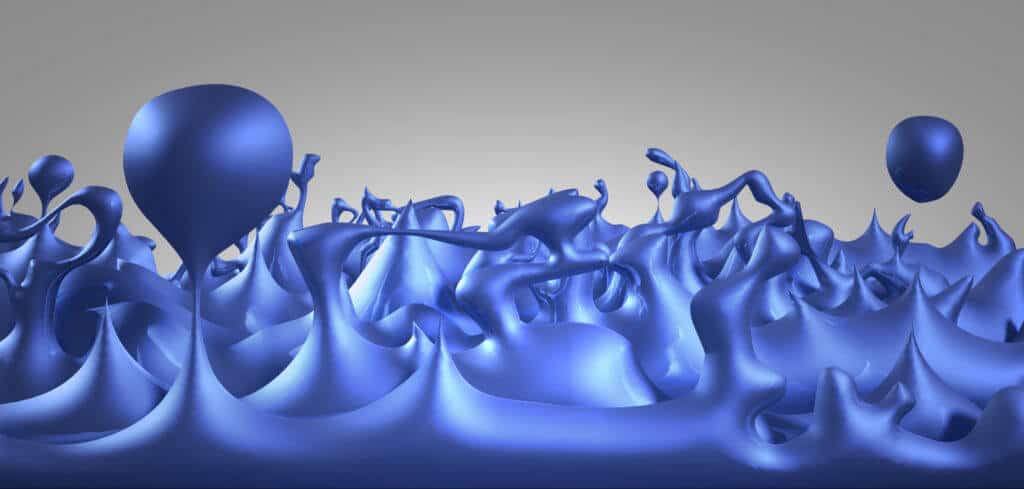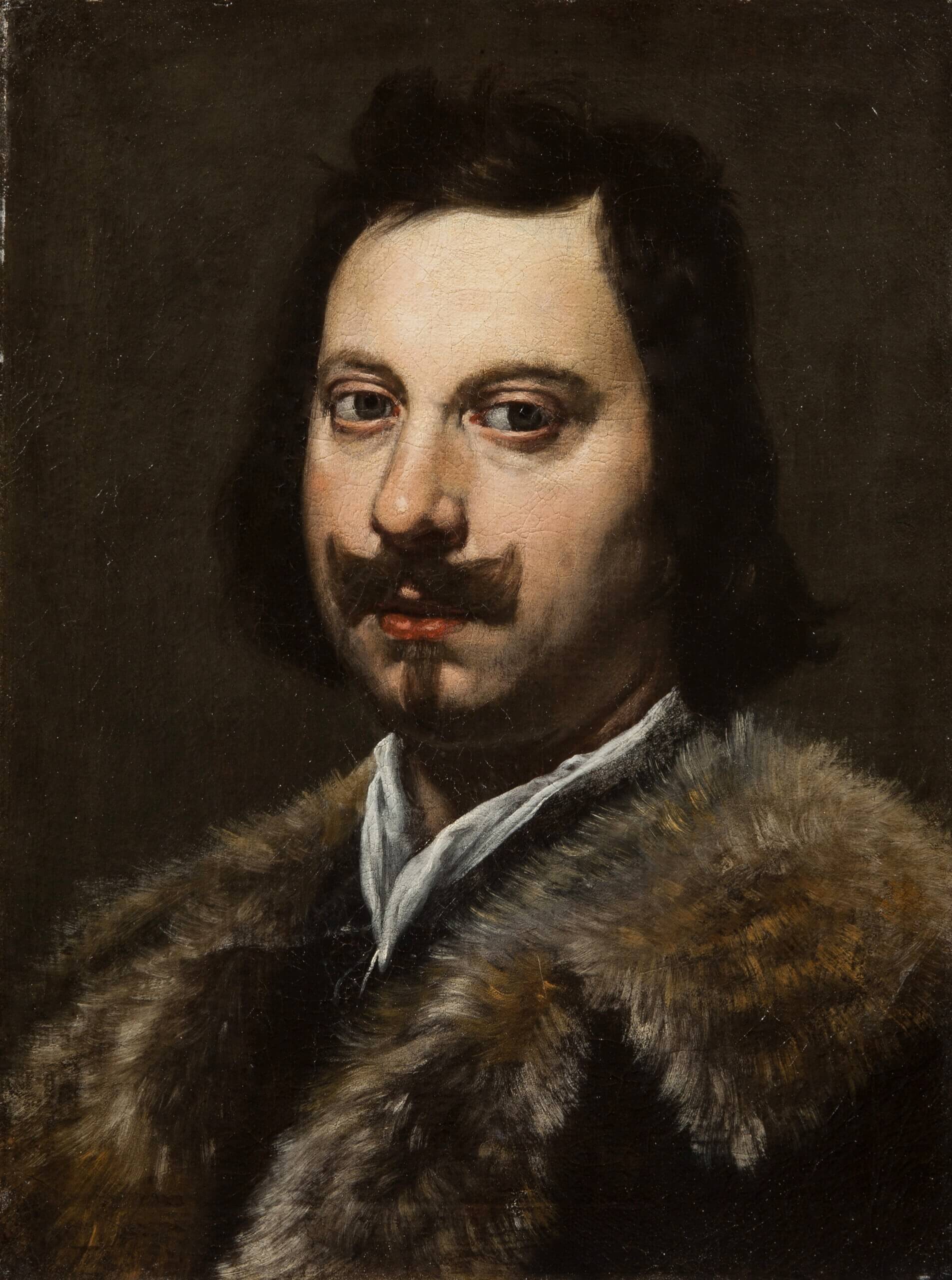In Italy during Galileo's time, another important scientist lived - Torricelli, who revealed to the world how the vacuum works. The Renaissance in all its glory.
The Italian physicist Evangelista Torricelli was born in Rome to a humble and poor family. Although luck was not in his favor, his hard work paid off. He managed to reach the top of the Italian Academy and worked with the great scientist of the time, Galileo Galilei. His curiosity led his country, and then the entire world, towards a solution to a riddle that is more than two thousand years old - what is the nature of the vacuum? Torricelli's way of solving the problem was based on a simple experiment that contained a flask, a glass tube and mercury.

The Italian physicist Evangelista Torricelli spent his childhood in Panza, a small town in Italy known for the production of maiolica, glazed pottery. He spent his youth with his mother who was without means, but the financial difficulties did not prevent Torricelli from climbing the academic ladder and collaborating with Galileo in Florence. During this period, Galileo devoted his time to finding a solution to the problem of well diggers in Tuscany. The well diggers were frustrated because they could not raise water to a height of more than ten meters using pumps. When they tried to push the water higher, it spilled out of the pump pipes. The problem occupied Galileo until his last day and remained for him unsolved.
In 1644, two years after Galileo's death, Torricelli decided to investigate the problem of reabsorption and pick up where Galileo left off. To reproduce the system under laboratory conditions, he inflated a meter-long glass tube sealed at one end. He filled the tube with mercury and placed it upright on a saucer. The experimental system may sound simple, but the preparation of the glass was a treasure trove for scientists from the 17th century. The glasses were fragile, delicate, relatively rare and destroyed after being filled with a kilogram of mercury. After several attempts, and with the help of his skilled assistant, Torricelli succeeded in building the experimental system. The young scientist noticed that the mercury in the glass tube had settled at a height of 76 centimeters. He concluded the experiment by saying that the atmospheric pressure applied to the mercury placed on top of the saucer raises the metallic liquid to a height and that the space left in the glass tube is a vacuum. This was the first time a vacuum was created in a laboratory or at least recognized as such.
The concept of vacuum was discussed back in the time of Plato and Aristotle who claimed that the vacuum is against nature and does not exist. In medieval Europe, the vacuum was believed to be heretical and dangerous. The word itself was first mentioned by Thomas Cranmer, Archbishop of Canterbury, in an English dictionary in 1550 as a theological concept and a void without substance. This view was accepted at the time, but with the accession of the Catholic Queen Mary in 1553, the spirits of orthodoxy changed. In 1555 Cranmer was convicted of heresy and the following year was burned at the stake.
From this it is clear that Torricelli's initial achievement was to disconnect the vacuum from metaphysical connections and connect it to the real world. Of course, the Italian scientist knew who he was dealing with, certainly in light of the bitter experience of his famous teacher, and therefore he decided to keep the results of the experiment away from the public eye. This decision changed in October 1644, when the French scientist Marsin visited Torricelli to reproduce the mercury experiment. Marsan shared the results of the experiment with Pascal and his colleagues in France and thus exposed the vacuum for all to see.

The vacuum and climate science
Pascal was a gifted scientist and soon enough he realized the impact of the experiment on climate science. He himself reproduced the experiment in 1646 to measure the atmospheric pressure at different altitudes. Together with his friends and colleagues, the mercury device was raised on a mountain in the south of France and as they expected, the pressure measured was smaller compared to the ground. This was the opening shot for the science of meteorology which showed for the first time that the pressure felt on the mercury plate is equal to the weight of the atmosphere per unit area. Thanks to this connection, and from the knowledge of the area of the Earth's mantle, Pascal calculated the total mass of the atmosphere. Pascal's calculation is wrong by about 30 percent, but it is amazing to think that with the help of a piece of glass and liquid mercury you can calculate the mass of the layer of air that surrounds the earth. Pascal himself said that "a child who knows addition and subtraction can do it". An equally amazing fact is that the standard barometer based on mercury has hardly changed for 300 years. It was not until 1977 that the United States replaced the standard device, which calibrates all barometers, with a pressure-sensitive crystal.
Torricelli's experiment realized the philosophical idea, considered almost as science fiction, by simple means. Thanks to the discovery, the vacuum was recognized as a routine phenomenon and was cited in all the relevant science books. After developing the barometer, Torricelli focused on a variety of other problems in physics and mathematics. The most prominent of these, known as Torricelli's law, focuses on fluid leakage from small openings. Sadly, Torricelli's activity was quickly cut short. In 1647, aged only 39, after contracting typhus, Torricelli died in Florence. At the same time, scientific curiosity about the nature of the vacuum continued even after him and in the twentieth century physicists gave it a new meaning. When physicists refer to the vacuum in modern contexts, they do not mean a place where there is nothing, but a space full of quantum fields that is flooded with virtual particles that are created and disappear every moment.
הsource for the text From the History Corner of the American Physical Society.

4 תגובות
Interesting, thank you
Thank you
Very nice article, thank you very much!
There is no such thing as empty. Empty is a relative thing. Apart from the quantum fields also everywhere in the universe (so it seems) there is radiation and matter (however sparse it may be). At every point there is gas and dust. Among the stars, among the galaxies and even among the clusters